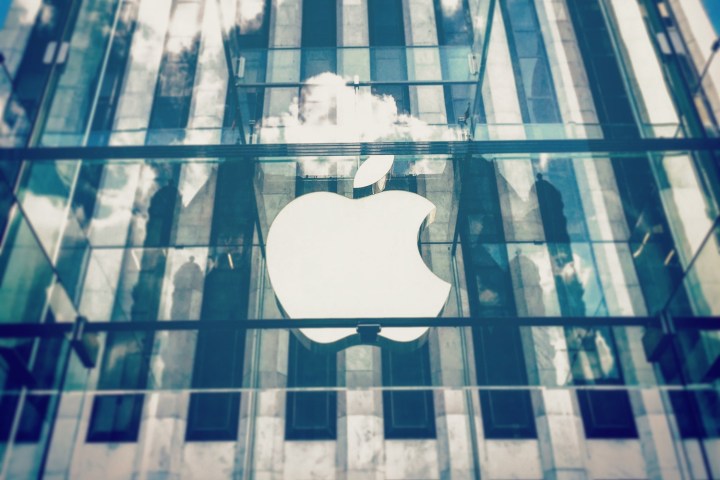
Ruslan Salakhutdinov, Apple’s head of A.I., addressed roughly 200 people at an event held during the Neural Information Processing Systems in Long Beach, California. One of the main topics he touched upon was a recently released study documenting Apple’s advances in using lidars (3D scanners) to help self-driving cars identify pedestrians and cyclists. (Here’s every you need to know about Apple’s self-driving cars.)
A few other topics were discussed as well. One was a piece of software designed to help identify cars, pedestrians, and roadways, based on data obtained from car-mounted cameras. Salakhutdinov showed off some images showcasing the software’s ability to function even in the rain. It could detect pedestrians that were partially obscured behind parked cars. Salakhutdinov cited this technology as an example of how far A.I. and machine learning have come in recent years.
“If you asked me five years ago, I would be very skeptical of saying ‘Yes you could do that,'” he said.
SLAM stands for simultaneous localization and mapping, and it refers to technology that helps give robots and self-driving cars a “kind of sense of direction.” In addition to self-driving cars, SLAM also has potential applications in the fields of augmented reality, and in designing maps of cities and landscapes.
During the course of the conversation, Salakhutdinov discussed a fourth technology that uses car-mounted sensors to create 3D maps of roadways, complete with features such as traffic lights and other road markings.
One thing that was not made clear during this event was how exactly these efforts work together to help bring Apple’s vision of self-driving cars to fruition. Salakhutdinov gave out plenty of puzzle pieces, but at the moment it is unclear how the puzzle fits together. That being said, it is clear that Apple is hard at work developing the technology to help self-driving cars operate safely.
Editors' Recommendations
- Cruise autonomous vehicle drives over woman just after she was hit by another car
- Apple’s rumored car could cost the same as a Tesla Model S
- Officers confused as they pull over an empty self-driving car
- Apple’s car-building division reportedly focusing on autonomous driving
- Check out this Apple Car rendering based on the company’s patents


